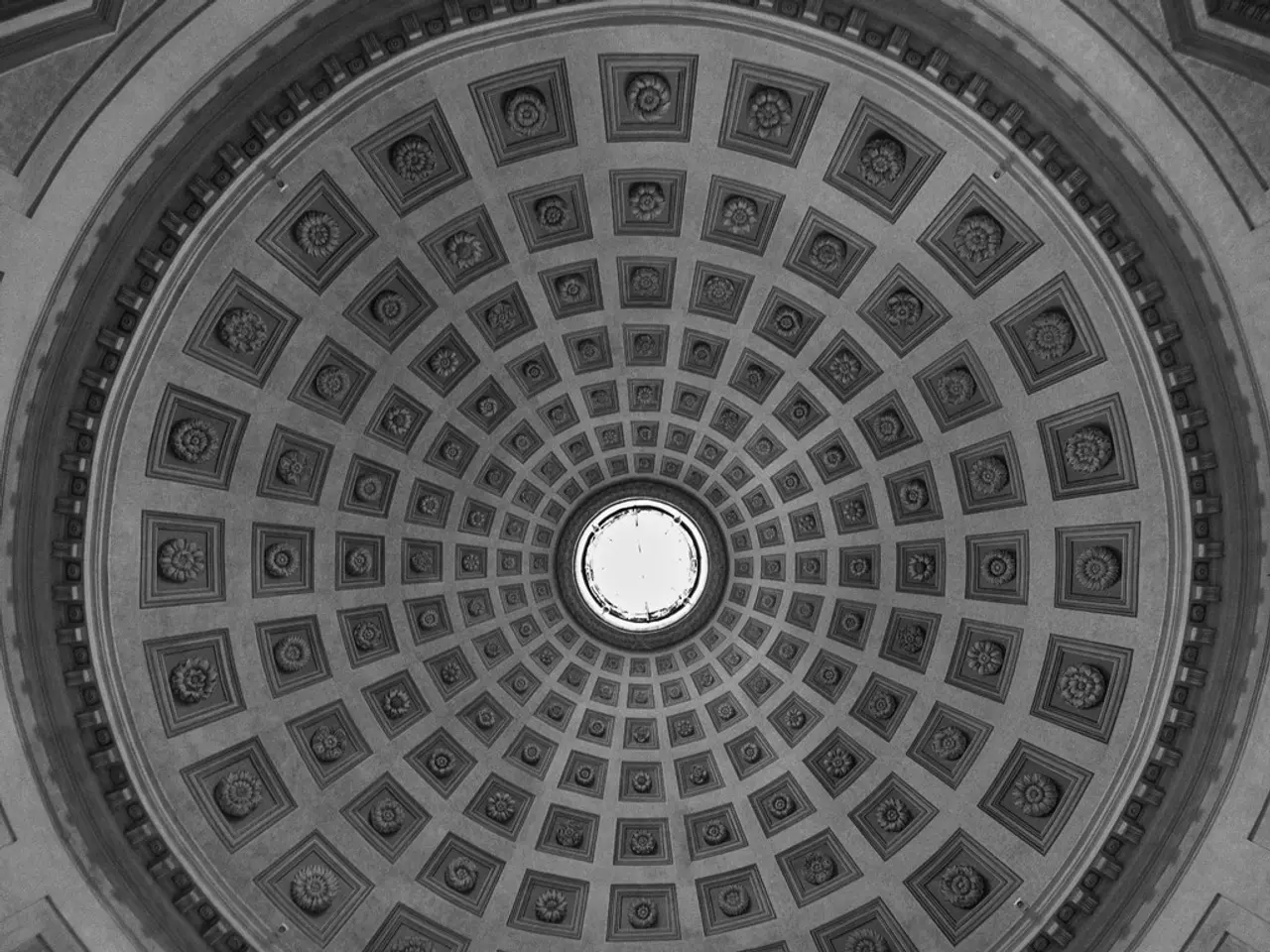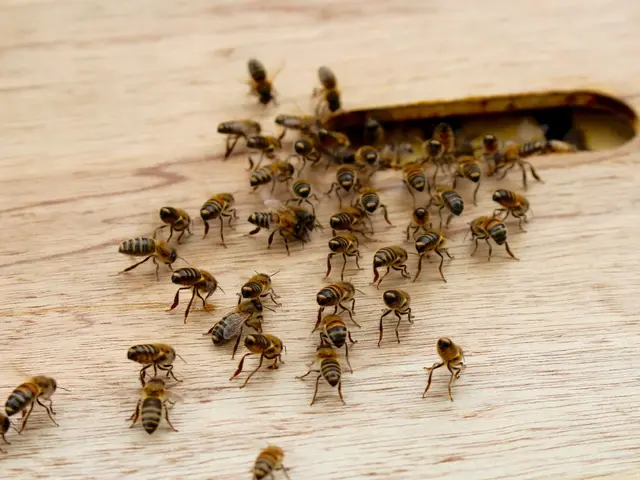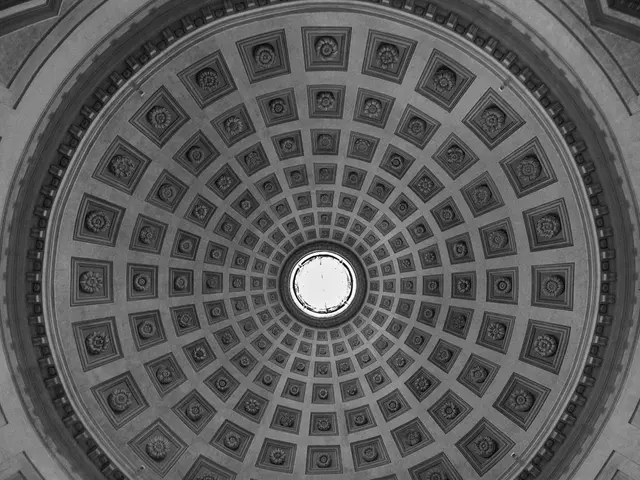Advantages of Vegetated Rooftops for Sustainable Agriculture in a Changing Climate
Green Roofs: The Key to a Greener, More Resilient City
Green roofs are increasingly becoming essential for a greener, more resilient city. They offer a balance between humans and nature as urban expansion continues, playing a crucial role in creating sustainable cities.
Green roofs fight climate change by pulling carbon dioxide from the air and storing it in plants and soil. This carbon sequestration helps reduce greenhouse gas emissions, contributing to a healthier planet.
These rooftop gardens come in three types: extensive, semi-intensive, and intensive. Extensive green roofs have thin soil (6-15 cm) and support hardy plants like sedums and grasses, while intensive roofs have the most soil (over 30 cm) for trees and bigger plants, like a garden. Semi-intensive roofs fall in between, with deeper soil (15-30 cm) for more plants, including small shrubs.
Green roofs bring numerous ecological benefits, making cities more livable and sustainable. They conserve biodiversity, providing habitats for birds, bees, and pollinators, increasing urban ecological diversity. Green roofs also help manage stormwater runoff, retaining up to 80% of annual rainfall, and reducing the risk of urban flooding.
In terms of social benefits, green roofs add beauty to cities, offering green spaces for people to enjoy. They help communities come together, providing recreational spaces for occupants and contributing to corporate sustainability goals. Green roofs also offer noise insulation, reducing sound by up to 40 decibels.
The future of green roofs is bright, with new technologies and designs making them better for maintaining and using. Researchers are looking into how green roofs can contribute to urban agriculture, with the goal of enabling local food production and offering opportunities for city dwellers to grow culturally important foods. New green technology innovations, such as solar panels and geothermal systems, can make green roofs energy-independent, improving their sustainability.
Collaboration between government, architects, urban planners, environmentalists, and community groups is key to breaking down obstacles, sharing knowledge, and creating supportive policies for green roof initiatives. Community projects like neighborhood green roofs or permablitz events help get more people involved in green roof initiatives, leading to new green roof technologies.
Maintaining green roofs requires regular checks, watering, and fertilizing, with the frequency and type depending on the roof type and design. Using drought-resistant plants and organic fertilizers is beneficial for green roofs, and compost should be added every six months.
Green roofs are becoming essential for cities to improve climate resilience by managing urban ecosystems and urban agriculture. They offer social benefits to urban areas, adding beauty to cities, providing green spaces for people to enjoy, and helping communities come together. Green roof policies, partnerships, and community projects are crucial for a greener future, as they help solve environmental problems, make cities stronger, and improve our quality of life.
Specifically, green roofs improve air quality by filtering pollutants and airborne dust, enhancing urban air quality and benefiting public health, especially for people with respiratory issues. Green roofs also help mitigate the urban heat island effect by cooling cities through shading and evapotranspiration, reducing the formation of smog and ground-level ozone linked to heat.
These combined benefits contribute to healthier, more sustainable, and more livable urban environments while supporting long-term environmental stewardship and climate resilience.
- A focus on native plants can enhance the biodiversity on green roofs, creating a thriving habitat for various species, including birds, bees, and pollinators.
- Compost can be an essential component of green roof maintenance, as it replenishes the soil with nutrients and aids in the growth of plants.
- Gardening enthusiasts and environmental scientists alike are discovering the benefits of incorporating green roofs into their home-and-garden lifestyle or sustainable-living research.
- Advanced water management techniques, such as rainwater collection and irrigation systems, can further improve the efficiency of green roofs in addressing climate change and urban resilience.
- Adopting a lifestyle that embraces sustainable living, such as the incorporation of green roofs, can contribute significantly to combating climate change and fostering a healthier environment.
- It has been scientifically proven that green roofs can reduce noise pollution and improve the overall living conditions in urban areas, making them an attractive addition to housing developments and communities.
- By utilizing green roofs to promote urban agriculture, cities can help address food insecurity, foster community growth, and support the local environment, all while contributing to the broader goal of sustainability.




